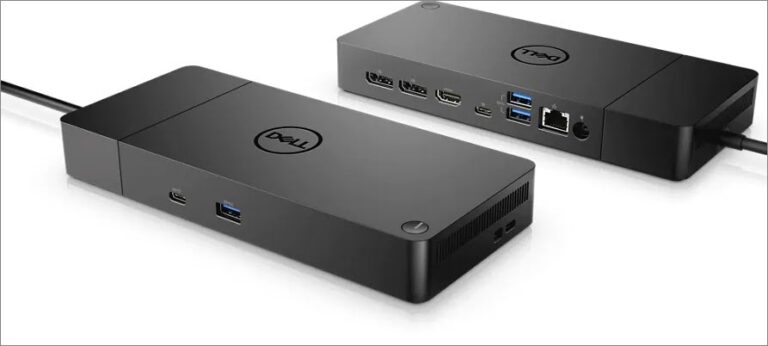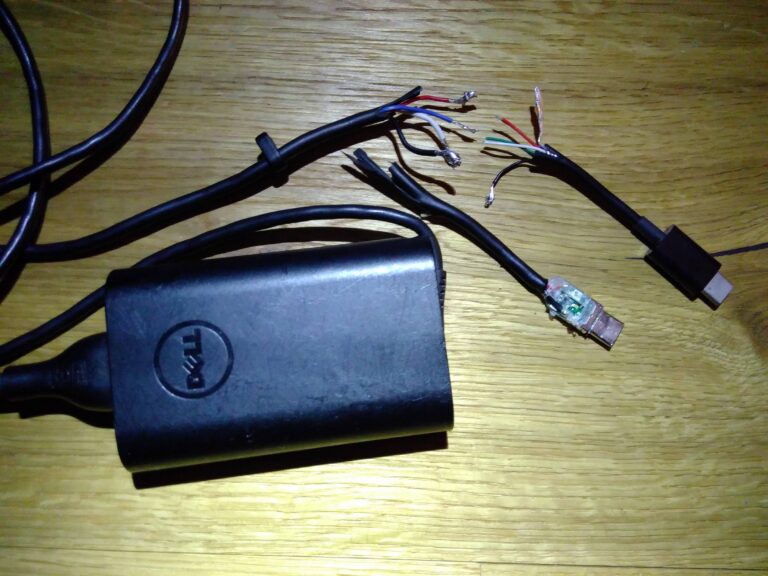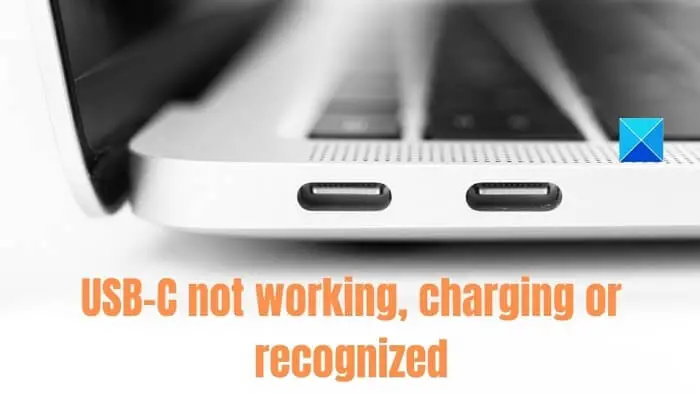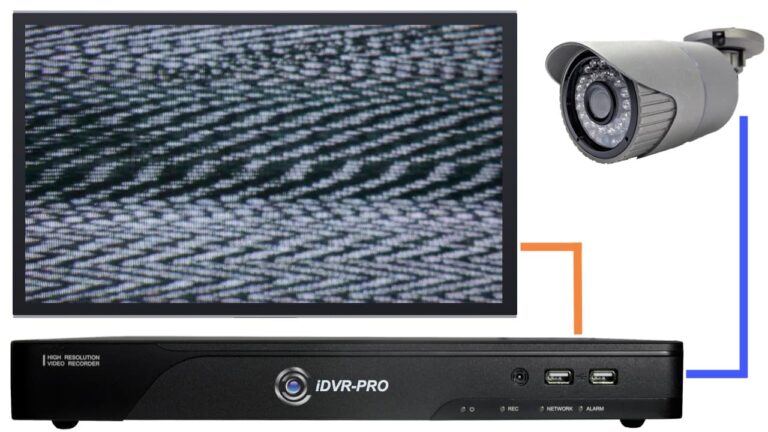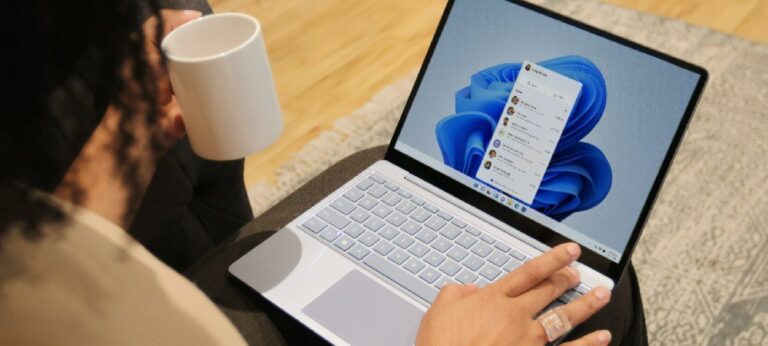Keyboard Connected to Monitor Not Working: Troubleshooting Tips
If your keyboard connected to the monitor is not working, it could be due to inactive USB downstream ports on the monitor. This issue can be caused by loose connections, faulty hardware components, incorrect BIOS settings, power supply issues, or a malfunctioning motherboard.
To troubleshoot this problem, ensure that the USB downstream ports on the monitor are activated and properly connected. Check for any loose connections between the monitor, keyboard, and computer. If the issue persists, try adjusting the BIOS settings, checking the power supply, or contacting technical support for further assistance.
Connection Basics And Common Errors
Connecting a keyboard to a monitor can sometimes result in common errors, such as the keyboard not working. This issue may occur if the USB downstream ports on the monitor are not activated. Troubleshooting steps may include checking the connections and ensuring proper activation of the USB ports.
Keyboard Not Working With Monitor
Are you facing issues with your keyboard not working when connected to your monitor? This can be a frustrating problem that can hinder your work or gaming experience. However, there are a few steps you can take to troubleshoot and resolve this issue. In this article, we will guide you through the process of checking the keyboard and cable integrity, as well as ensuring proper power supply to USB hubs on monitors.
Steps To Check The Keyboard And Cable Integrity
- Inspect the keyboard for any physical damage or stuck keys. Sometimes, a simple cleaning or fixing a stuck key can resolve the issue.
- Try connecting the keyboard to a different USB port on your monitor or a different computer. This will help determine if the issue is with the keyboard itself or the monitor.
- Check the USB cable connecting the keyboard to the monitor. Make sure it is securely plugged in and not damaged. Blunt or bent cables can cause connectivity problems.
- If possible, try using a different USB cable to connect the keyboard to the monitor and see if that resolves the issue.
Ensuring Proper Power Supply To Usb Hubs On Monitors
One common reason for keyboard connectivity issues with monitors is insufficient power supply to the USB hubs. Follow these steps to ensure proper power supply:
- Check if your monitor is properly connected to a power source. Ensure that the power cable is securely plugged in and there are no loose connections.
- Verify that your monitor is turned on and receiving power. Look for any indicator lights on the monitor that indicate it is powered on.
- If your monitor has built-in USB hub ports, make sure they are enabled in the monitor’s settings. Consult the user manual or the manufacturer’s website for instructions specific to your model.
- If your monitor is connected to a power strip or surge protector, try plugging it directly into a wall outlet. Power strips or surge protectors may limit the power supply to USB hubs.
- Consider using an external powered USB hub instead of the monitor’s built-in USB hub. This can provide a more stable power supply for your keyboard and other USB devices.
By following the steps mentioned above, you should be able to diagnose and resolve issues related to your keyboard not working when connected to your monitor’s USB hub. Remember to check both the keyboard and cable integrity, as well as ensure proper power supply to the USB hubs on your monitor. If the issue persists, it is recommended to consult the manufacturer’s support or seek assistance from a technical expert.
Usb Hub Activation On Monitors
Having trouble with your keyboard connected to your monitor? Ensure that the USB downstream ports on your monitor are activated for external devices like keyboards and mice to work properly. Activate the ports to resolve any connectivity issues.
the actual PC? – Quora.Activating Usb Downstream Ports For Device Recognition
If you’re experiencing issues with your keyboard not working when connected to the monitor’s built-in USB hub, it might be due to the USB downstream ports on the monitor not being activated. In order to resolve this, you need to activate the USB downstream ports on your monitor.
Here are some steps to help you activate the USB downstream ports:
- First, check your monitor’s user manual for specific instructions on how to activate the USB downstream ports. Different monitors may have different methods.
- Most often, you can activate the USB downstream ports through the monitor’s on-screen display (OSD) menu. Press the menu button on your monitor and navigate to the settings or connectivity options.
- In the OSD menu, look for an option related to USB connectivity or downstream ports. Enable this option to activate the USB downstream ports.
- Save and exit the OSD menu. Your monitor’s USB downstream ports should now be active and ready to recognize connected devices, including your keyboard.
By activating the USB downstream ports on your monitor, you allow the monitor to communicate with external devices like keyboards and mice, making them work seamlessly. If you’re still experiencing issues with your keyboard not working, there might be other factors to consider.
Methods To Update Monitor Settings For Device Compatibility
If activating the USB downstream ports didn’t resolve the issue, it’s worth considering whether your monitor’s settings are properly updated for device compatibility. Here are some methods to update monitor settings:
- Check for firmware updates: Visit the manufacturer’s website and search for the specific model of your monitor. Look for any available firmware updates and download them according to the provided instructions. Upgrading your monitor’s firmware can often improve device compatibility and resolve issues.
- Update monitor drivers: Similar to firmware updates, you should also ensure that you have the latest drivers installed for your monitor. You can usually find the necessary drivers on the manufacturer’s website. Download and install them following the provided instructions.
- Reset monitor settings: If you have made custom settings on your monitor, it’s possible that these settings are causing compatibility issues. Try resetting your monitor to its default settings. Consult the user manual for instructions on how to reset your specific monitor model.
- Try a different USB cable: Sometimes, the issue might lie with the USB cable connecting your monitor to your computer. Try using a different USB cable to rule out any cable-related problems. Ensure that the cable is capable of transmitting both data and power.
By updating your monitor settings for device compatibility, you increase the chances of your keyboard and other external devices working properly when connected to the monitor’s USB hub.
Advanced Troubleshooting Techniques
Having trouble with your keyboard connected to a monitor? Ensure that the USB downstream ports on the monitor are activated, as external devices like keyboards and mice won’t work if they’re not. Troubleshoot by checking connections and activating the ports if necessary.
Resolving Issues When Keyboard Fails Post Configuration Changes
When your keyboard no longer functions after making configuration changes, it can be frustrating. However, there are a few advanced troubleshooting techniques you can try:
- Check the cables: Ensure that the cables connecting your keyboard to the monitor are securely plugged in. Sometimes, loose connections can cause the keyboard to stop working. Try unplugging and re-plugging the cables to make sure they are properly seated.
- Restart the computer: A simple restart can sometimes resolve issues with the keyboard not working. Restart your computer and see if the keyboard starts functioning again.
- Update drivers: Outdated or incompatible drivers can cause problems with the keyboard. Open Device Manager and locate the keyboard drivers. Right-click on the keyboard drivers and select “Update driver.” Follow the on-screen instructions to update the drivers to the latest version.
- Perform a system restore: If you recently made changes to your computer settings that may have affected the keyboard, performing a system restore to a previously working state can help resolve the issue. Go to the Control Panel, search for “System Restore,” and follow the prompts to restore your system to a point before the keyboard stopped working.
Keyboard Troubleshooting In A Multi-monitor Setup
If you are using a multi-monitor setup and your keyboard is not working, here are some troubleshooting techniques:
- Check USB port configuration: Ensure that the USB ports on your monitor are activated. Sometimes, external devices like keyboards may not work if the USB downstream ports on the monitor are not activated. Check the monitor’s manual or settings to activate the USB ports.
- Try a different USB port: If your keyboard is connected to one of the USB ports on the monitor, try connecting it directly to the computer’s USB port instead. This can help determine if the issue is specific to the monitor’s USB ports.
- Update monitor firmware: Outdated firmware on the monitor can sometimes cause compatibility issues with connected devices. Check the manufacturer’s website for any available firmware updates for your monitor and follow the instructions to update it.
- Reset monitor settings: Resetting the monitor settings to default can help resolve any configuration issues that may be causing the keyboard to not work. Consult the monitor’s manual for instructions on how to reset the settings.
Software And Driver Related Solutions
If your keyboard is not working due to software or driver-related issues, the following solutions may help:
- Check for software conflicts: Some software programs or utilities might interfere with the keyboard’s operation. Temporarily disable or uninstall any recently installed software to see if it resolves the issue.
- Reinstall keyboard drivers: Uninstall the keyboard drivers from Device Manager and then reinstall them. Right-click on the keyboard drivers in Device Manager, select “Uninstall device,” and then restart your computer. Windows will automatically reinstall the drivers upon restart.
- Perform a system scan for malware: Malware infections can sometimes cause the keyboard to malfunction. Run a comprehensive scan using your preferred antivirus software to detect and remove any potential threats.
Tips For Ensuring Continuous Functionality
When using a keyboard connected to a monitor, the last thing you want is for it to suddenly stop working. This can be incredibly frustrating and disrupt your workflow. However, with some preventive measures and best practices, you can ensure that your keyboard maintains continuous functionality.
Best Practices For Using Keyboard Through Monitor’s Usb Hub
If you’re using a keyboard through your monitor’s USB hub, there are certain best practices to keep in mind to avoid any connectivity issues:
Preventive Measures To Minimize Keyboard To Monitor Connectivity Issues
To minimize the chances of experiencing keyboard to monitor connectivity issues, it’s crucial to take the following preventive measures:
- Use a high-quality USB cable: Using a reliable and high-quality USB cable to connect your keyboard to the monitor can significantly reduce the chances of connectivity problems. Make sure the cable is securely plugged in at both ends.
- Avoid using long extension cables: If possible, try to avoid using long extension cables between your keyboard and the monitor. Long cables can cause signal degradation and interfere with the smooth functioning of the keyboard.
- Keep the USB hub clean: Regularly clean the USB hub on your monitor to remove any dust or debris that may accumulate over time. This can prevent any potential interference and ensure a stable connection for your keyboard.
- Update your drivers: Make sure that your monitor’s drivers are up to date. Outdated drivers can sometimes cause compatibility issues with external devices like the keyboard. Check the manufacturer’s website for any available driver updates.
- Check USB ports: Verify that the USB ports on your monitor are enabled and activated. Some monitors have separate power buttons to enable the USB ports. Ensure that these ports are powered on and ready to use.
By following these best practices and preventive measures, you can ensure that your keyboard connected to the monitor’s USB hub works consistently without any interruptions. Remember to also regularly check for any software updates and troubleshoot any issues promptly to maintain optimal functionality.
Credit: www.reddit.com
Frequently Asked Questions Of Keyboard Connected To Monitor Not Working
Why Is My Keyboard Not Working With My Monitor?
The keyboard may not be working with the monitor due to the USB downstream ports on the monitor not being activated. Make sure to activate the USB ports on the monitor for external devices like the keyboard to function properly.
It could also be caused by loose connections or faulty hardware components.
How Do I Connect An External Keyboard To My Monitor?
To connect an external keyboard to your monitor, make sure the USB downstream ports on the monitor are activated. If your keyboard is not working, try restarting your PC and checking the connections. You can also troubleshoot by unplugging all USB attachments, then plugging in your keyboard again.
Why Does My Computer Turn On But Not The Monitor And Keyboard?
There are several potential reasons why your computer turns on but your monitor and keyboard don’t. It could be due to loose connections, faulty hardware components, incorrect BIOS settings, power supply issues, or a malfunctioning motherboard. It’s important to troubleshoot and identify the specific cause to resolve the issue.
Why Does My Computer Say No Signal To Monitor Or Keyboard?
The computer may say “no signal” to the monitor or keyboard due to loose connections, faulty hardware, incorrect BIOS settings, power supply issues, or a malfunctioning motherboard. Ensure proper connections and check hardware components such as the graphics card or RAM.
Adjust BIOS settings if necessary. Fix any power supply or motherboard issues.
Conclusion
O monitor USB ports can cause issues with the functionality of external devices, such as keyboards and mice. When encountering this problem, it is essential to ensure that the USB downstream ports on the monitor are activated. If they are not, external devices will not be able to work properly.
Additionally, loose connections, faulty hardware components, or incorrect BIOS settings can also contribute to keyboard and monitor issues. By identifying and addressing these factors, you can troubleshoot and resolve the problem, allowing your keyboard to function seamlessly with your monitor.

